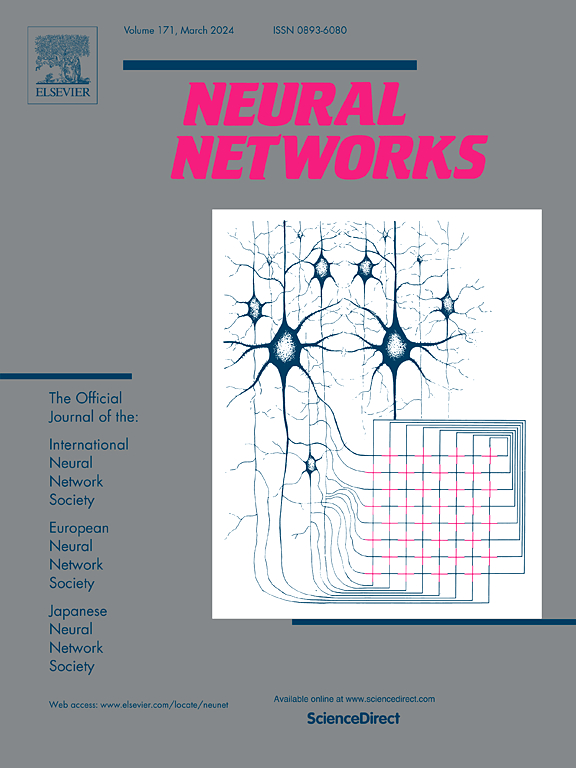Neighborhood relation-based knowledge distillation for image classification
IF 6.3
1区 计算机科学
Q1 COMPUTER SCIENCE, ARTIFICIAL INTELLIGENCE
引用次数: 0
Abstract
As an efficient model compression method, recent knowledge distillation methods primarily transfer the knowledge from a large teacher model to a small student model by minimizing the differences between the predictions from teacher and student. However, the relationship between different samples has not been well-investigated, since recent relational distillation methods mainly construct the knowledge from all randomly selected samples, e.g., the similarity matrix of mini-batch samples. In this paper, we propose Neighborhood Relation-Based Knowledge Distillation (NRKD) to consider the local structure as the novel relational knowledge for better knowledge transfer. Specifically, we first find a subset of samples with their -nearest neighbors according to the similarity matrix of mini-batch samples and then build the neighborhood relationship knowledge for knowledge distillation, where the characterized relational knowledge can be transferred by both intermediate feature maps and output logits. We perform extensive experiments on several popular image classification datasets for knowledge distillation, including CIFAR10, CIFAR100, Tiny ImageNet, and ImageNet. Experimental results demonstrate that the proposed NRKD yields competitive results, compared to the state-of-the art distillation methods. Our codes are available at: https://github.com/xinxiaoxiaomeng/NRKD.git.
基于邻域关系的知识蒸馏图像分类
作为一种有效的模型压缩方法,目前的知识蒸馏方法主要是通过最小化教师和学生预测之间的差异,将知识从一个大的教师模型转移到一个小的学生模型。然而,由于现有的关系蒸馏方法主要是从所有随机选择的样本中构建知识,例如小批量样本的相似性矩阵,因此不同样本之间的关系尚未得到很好的研究。本文提出了基于邻域关系的知识蒸馏(NRKD)方法,将局部结构作为新的关系知识,以实现更好的知识转移。具体而言,我们首先根据小批量样本的相似度矩阵找到具有k近邻的样本子集,然后构建邻域关系知识进行知识蒸馏,其中特征关系知识可以通过中间特征映射和输出logits进行转移。我们在CIFAR10、CIFAR100、Tiny ImageNet和ImageNet等几个流行的图像分类数据集上进行了大量的知识蒸馏实验。实验结果表明,与最先进的蒸馏方法相比,所提出的NRKD产生了具有竞争力的结果。我们的代码可在:https://github.com/xinxiaoxiaomeng/NRKD.git。
本文章由计算机程序翻译,如有差异,请以英文原文为准。
求助全文
约1分钟内获得全文
求助全文
来源期刊

Neural Networks
工程技术-计算机:人工智能
CiteScore
13.90
自引率
7.70%
发文量
425
审稿时长
67 days
期刊介绍:
Neural Networks is a platform that aims to foster an international community of scholars and practitioners interested in neural networks, deep learning, and other approaches to artificial intelligence and machine learning. Our journal invites submissions covering various aspects of neural networks research, from computational neuroscience and cognitive modeling to mathematical analyses and engineering applications. By providing a forum for interdisciplinary discussions between biology and technology, we aim to encourage the development of biologically-inspired artificial intelligence.
 求助内容:
求助内容: 应助结果提醒方式:
应助结果提醒方式:


